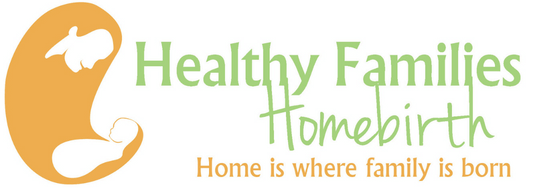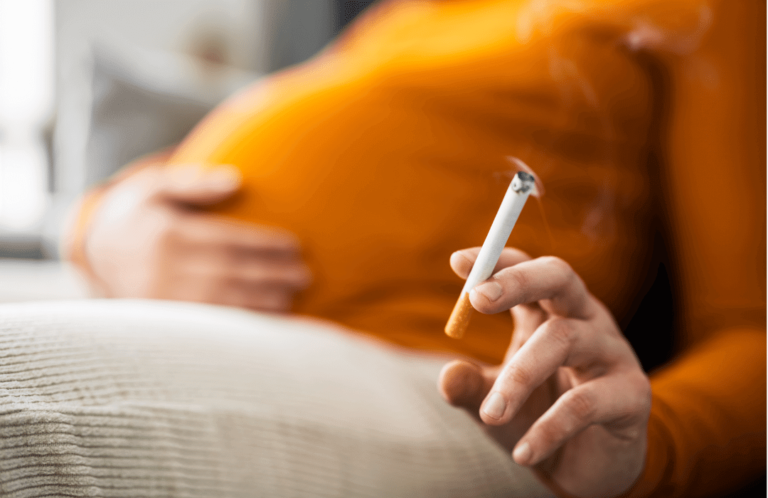

PHONE
303-718-1554
cheryl.furer@msn.com
OPENING HOURS
By Appointment Only
Menu

Smoking, and being around second hand smoke, during pregnancy can increase risks of problems and create issues that are preventable. The great news is that stopping smoking now, and avoiding second-hand smoke, can reduce your and your baby’s risk factors dramatically. Outlined below are the facts about cigarettes, risks smoking and second- hand smoke has on your baby, and resources to help you quit during pregnancy.
Cigarette smoke facts and risks to children and adults:
Over 68,000 toxic substances | Prevents oxygen intake | Raises blood sugar |
Hardening of the arteries and blood clots are more common | Causes hormonal changes that speed the metabolism | Decreases transmission of neurologic signals, yet increases endorphins |
Elevates stress hormones | Can cause hypertension | Increased risk of cancer |
Tobacco related deaths is the #1 killer in the United States | Menopause is stimulated at an earlier age | Increases cardiovascular and respiratory disease |
Exposure to cigarettes in the womb, and as a child, will increase the chance of passing the smoking habit to the next generation.
Risks of smoking and second-hand smoke to the fetus, newborn, and child:
Decreased fetal weight, length, and size | Increased risk of miscarriage and stillbirth |
Risk of placenta previa (placed to low) or abruption (detaches before the baby is born) | Increased risk of premature rupture of membranes |
The quality of the placenta is lowered- i.e. larger, more mineral deposits, fewer blood vessels, lighter in weight, decreased nutrient and oxygen exchange | One of the toxic chemicals, Cyanide, interferes with the baby's ability to use B12, which lowers the formation of red blood cells |
Raises fetal carbon monoxide levels, which lowers oxygen levels | Heavy metals enter the mother's blood stream and cross the placenta to the baby |
Fetal breathing movements are decreased | Decreased blood volume expansion |
Newborns are less responsive to sounds and harder to soothe | Higher incidence of Sudden Infant Death Syndrome (SIDS) |
Higher risk of allergies and respiratory issues | Childhood cancer risk is increased-nonHodgkin's lymphoma, leukemia, etc. |
Second hand smoke from your partner? Tips include working with your partner- Find out if your partner is willing to quit smoking. If so, then see the quit smoking tips below. If not, find ways to work around it. Can he/she smoke outside away from the door and open windows? Will your partner not smoke in the car? When your partner returns from smoking, would he/she be willing to rinse his/her face and wash his hands before being with you? How else can the inside spaces of your life be smoke-free?
Quit Smoking Tips:
Make a plan, set a date, and commit to quit 100%- for you and your baby |
Self-reflection and honesty: Ask yourself why you smoke. When you reach for a cigarette take a moment to pause and ask yourself what you are feeling. Are there any sensations that arise? What are they about? Is there something emotional, physical, or mental that you are trying to avoid or fill? |
Get a team! Find people who will support you, not nag, but really support you. Maybe a friend that went through quitting. Avoid temptation, but not your friends. Group therapy has been shown to be effective also. |
Go Professional: Would it help to have a therapist in your life to work through issues? Someone you can speak to honestly and get feedback from. Plus, individual therapy has been shown to be effective in the quitting process. |
What is right for you? Quitting cold turkey, gradual decrease, and/ or replacement therapy. Can you go a full day without noticing you haven't smoked or are the withdraw symptoms unbearable? Work out a plan for what seems the healthiest way for you to quit. |
Keep your hands and mouth busy: people find hard candies, gum, snacking- almonds or carrots perhaps- and hand writing letters or in a journal a good way to discourage the need to put the hands to the face as you do with smoking. |
Talk to your doctor, if nicotine replacements are desired. Over-the-counter nicotine replacement patches and gum can be an effective way to reduce your symptoms of withdraw. These supplements must be used properly to be effective. Dosing and new research should be considered when using this method. |
Treat yourself! Being pregnant is a big job and adding the change of a habit is extra work. Get a massage, hang out with friends, try acupuncture, take long walks, read a good book, take an herbal bath, or just lay in the grass for a bit. Keep up the good work! |
“The good news is that quitting has an almost immediately beneficial effect on the pregnancy. Within 48 hours after stopping smoking, the mother’s blood carries 8% more oxygen to the baby!” ~Anne Frye (p. 269)
References:
Frye, A. (2010). Holistic Midwifery: A comprehensive textbook for midwives in homebirth practice. Portland, OR: Labrys Press.
Varney, H., Kriebs, J. M., & Gegor, C. L. (2004). Varney’s midwifery. Sudbury, MA: Jones and
Bartlett Pub.
***This is general information. Please speak to your health care provider about your unique health needs.

“I believe in continuity of care, which means that as your midwife, I’m here to support you throughout your pregnancy, birth, up until your baby is a toddler (really!) and beyond…”


Proud Practitioner with BeHerVillage. Create a Registry Here.
Copyright © 2022 Healthy Families Homebirth – Home is Where Family is Born | All Rights Reserved | Website by Cheryl Furer & Precy Onasa